I was recently presenting Eddyfi Technologies’ eddy current array (ECA) product line to a group of students who were working on getting their eddy current level 1 certification and being enrolled into their first job as NDT technicians. At the end of the presentation, one student asked me if I thought the major advances in NDT hardware and software observed over the last 20 years would eventually make the job of technicians obsolete, in a similar way that taxi drivers would stop being needed if all cars were to become self-driven. This is an interesting concern worth thinking about. What if the combination of advanced NDT techniques, artificial intelligence and robotization was progressively making the job of NDT technicians irrelevant? Fortunately, evidence shows us that the situation is quite the opposite: the gap between the supply and demand of well-trained technicians remains a major inhibitor to the growth of the NDT industry. With each new equipment on the market comes a need for qualified technicians who can operate it, understand it, and bring awareness of its limitations. Advanced NDT equipment is always designed to facilitate the life of their human operator, not to replace them.

However, we can expect a shift in the day-to-day tasks of eddy current technicians. Considering the technological state of advanced ECA scanners used for the inspection of large surfaces, gone should be the days of slowly raster scanning large surfaces and welds with a single-element pencil probe. Advanced crawlers should also progressively replace human intervention in confined spaces and rope access locations, to help reduce the risk of injuries and fatalities in hazardous environments. This is especially true for the petrochemical industry, which is characterized by a wide variety of carbon steel assets of massive size (pipelines, valves, storage tanks, pressure vessels, etc.) The predominant component requiring direct examination in these assets are typically the welds, which are susceptible to failure from fatigue cracking due to the internal pressure and stress in the material.

Eddyfi Sharck™ technology is the reference for high-resolution eddy current inspection of external carbon steel welds in pressure containers and the rapid detection, length measurement, and depth sizing of surface-breaking cracks. Its individually spring-loaded ceramic elements offer a coverage of over 50 millimeters (2 inches) while ensuring close contact with the weld cap, toes, and heat-affected zone (HAZ). The Sharck is encoded and provides an accurate depth sizing of cracks of up to 7 millimeters (0.275 inches) deep. Its high resolution allows detecting individual cracks as short as 3 millimeters (0.120 inches), even in the toe of a weld. It can also scan through coatings, paint, or rust.
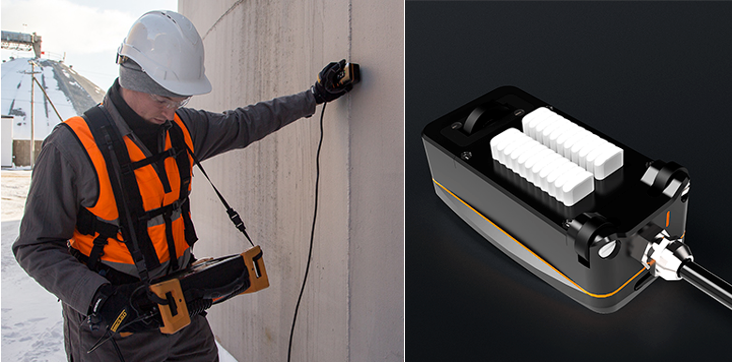
The Sharck technology comes in three probe formats: one for butt welds (picture above), one for fillet welds, and a pencil probe for more challenging weld geometries. Combined with the highly portable Reddy® instrument and its Magnifi® software, this probe kit can assess most welds found within the petrochemical industry.
Compared to ultrasonic testing (UT) techniques, Sharck offers four key advantages for surface-breaking crack sizing:
-
A single pass encoded scan of an entire weld at a speed up to 200 millimeters (8 inches) per second
-
No couplant required
-
High probability of detection for shallow surface-breaking cracks
-
Intuitive software for depth measurement that requires little to no training for adequate use (virtually no operator dependency)
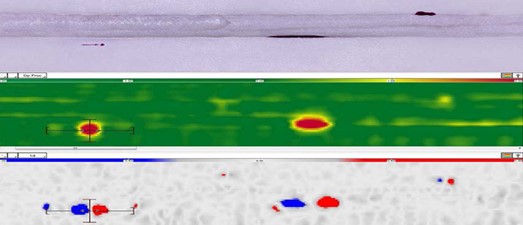
But despite the inspection efficiency that they add, by themselves the Reddy and Sharck remain limited to whichever area the operator can reach with their extended arm. For storage tanks or large pressure vessels, it’s easy to imagine the added logistical difficulties and costs to provide rope access or extensive scaffolding to allow the technician to reach the weld of interest.
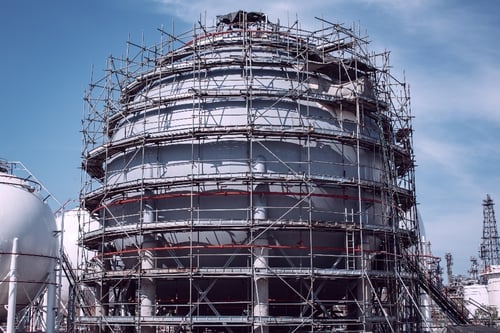
It is in that context that Eddyfi Technologies has extended the use of its magnetic Magg™ crawler by making it fully compatible with the Sharck array probe. The Magg had already built itself a reputation as a leader in robotic solutions for remote visual inspection. By combining it with Sharck, it becomes a readily deployable NDT solution for regular in-service asset integrity assessment. Its use can certainly be appreciated for pressure vessel inspection at heights otherwise unattainable without rope access or scaffolding. In this regard, the Magg ultimately increases operational efficiency and reduces inspection costs.
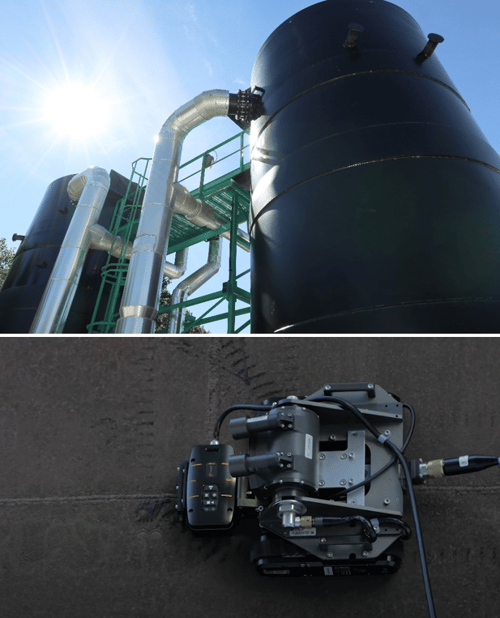
The Magg is a small but powerful vehicle that was originally designed to withstand harsh conditions in extreme environments. With its industry-leading magnetic tracks, it can easily navigate critical restricted and unclean areas. Its unique combination of raw power, agility, and magnetic downforce allows it to accomplish inspections that most wheeled vehicles and crawlers could not. Its high-definition continuously tilting 360-degree camera also provides incredible detail and clarity on what the Sharck probe is inspecting. The image below shows an example of view the camera can provide during a storage tank inspection with Sharck.
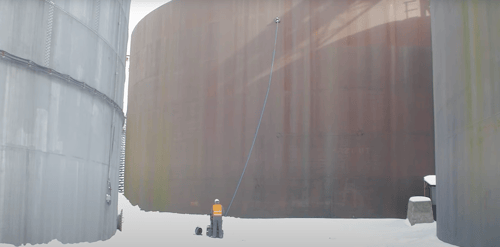
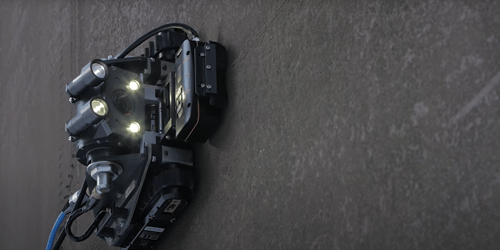
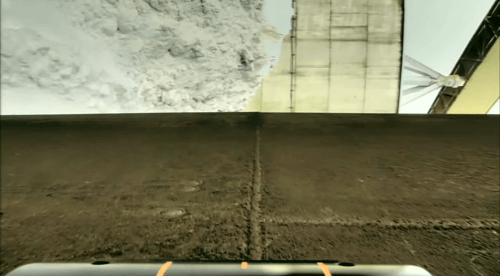
Truly versatile, the same Magg crawler is also compatible with the ACFM compliant array probe (paired with the Amigo™ 2) and the R-Scan utilizing a uniquely dry-coupled UT wheel probe paired with the Mantis™ phased array instrument for thickness measurements in remote locations and harsh petrochemical environments.
To conclude and come back to the initial question, it is quite clear that the alliance of the Magg and Sharck technologies to create an off-the-shelf remote NDT solution is not targeting the replacement of NDT personnel: this system would not be worth much without a qualified operator to control it and interpret the data it provides. What the Magg and Sharck bring to the petrochemical industry is more in the nature of the tasks that the operator carries: instead of risking an injury from work at heights or in a confined space, the NDT technician can comfortably and safely sit behind the screen while the remotely operated crawler does the dirty work for them.
Work smarter, not harder. Eddyfi Technologies NDT enabled robotics are key in reducing risk while increasing productivity. Contact our team of friendly experts to discuss your next inspection!





